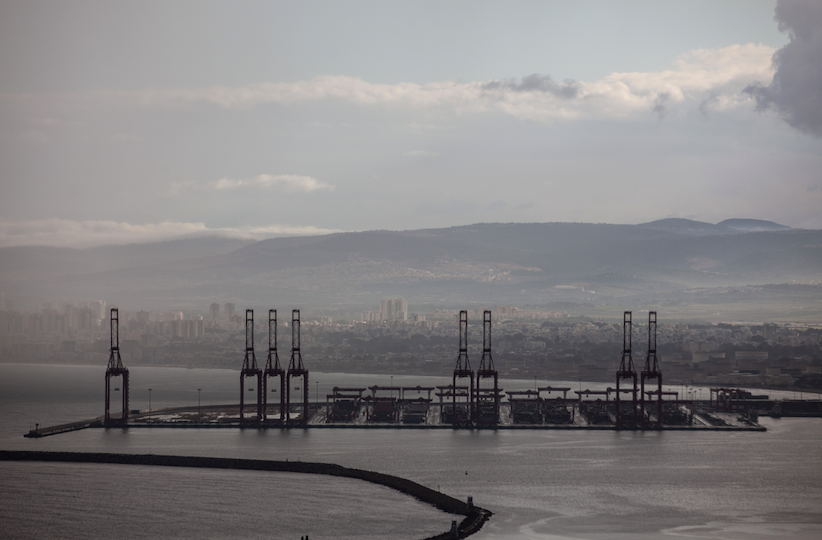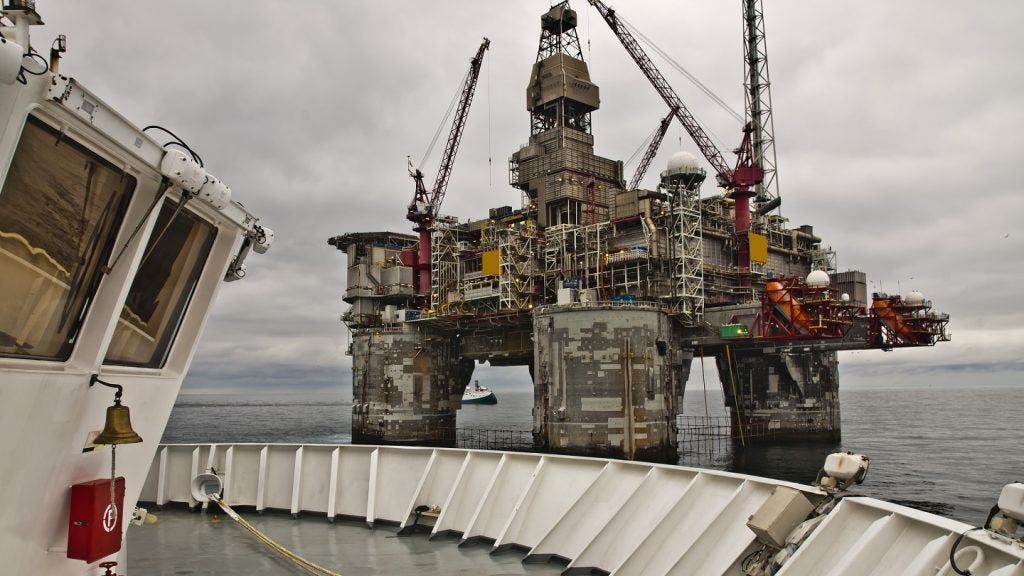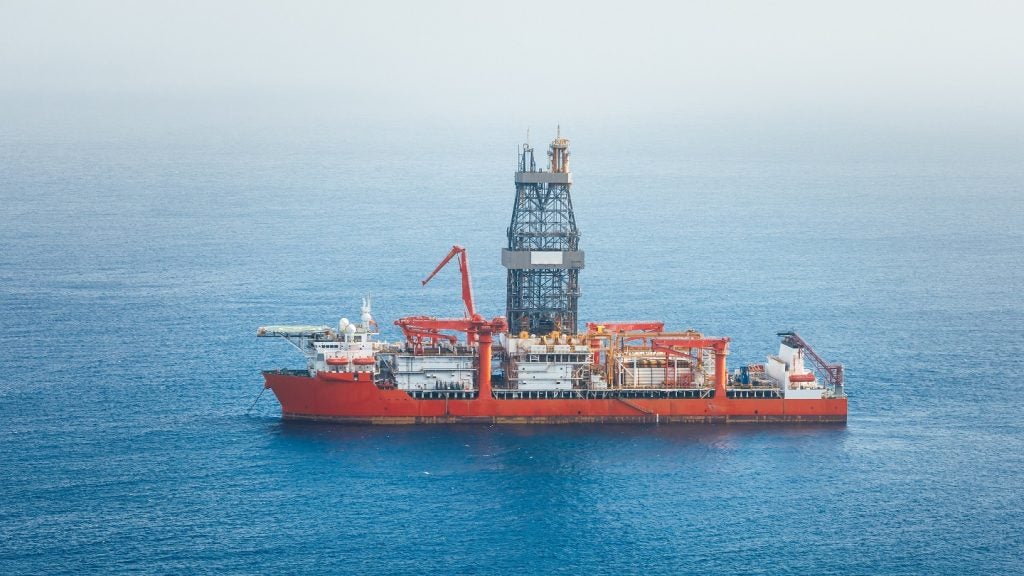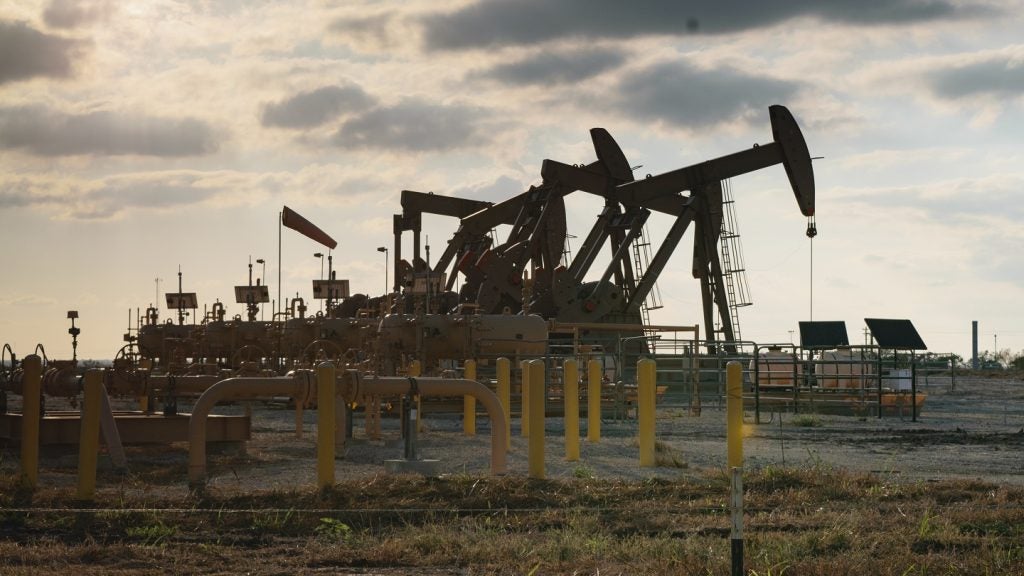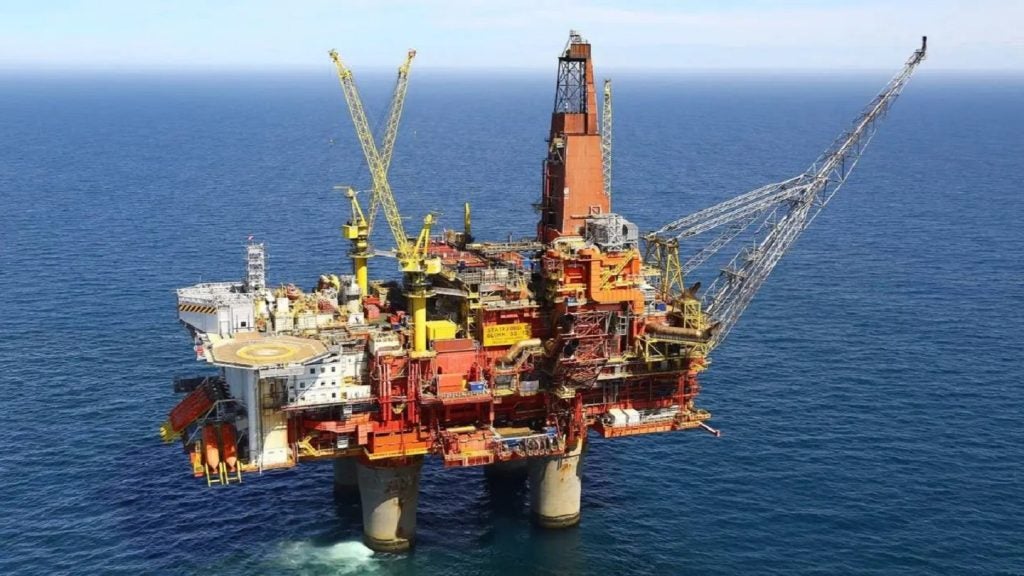Oil prices have risen in the New Year, stoked by possibilities of supply disruptions after US forces repelled Houthi militants in the Red Sea.
On Sunday, US helicopters targeted Yemen’s Iran-backed Houthi militants, who were attacking a Maersk container vessel in the Red Sea, sparking concerns about the Israel-Gaza war becoming a larger Middle Eastern conflict.
According to American, Maersk and Houthi officials, the US helicopters sank three ships and killed ten militants.
Brent crude rose by 1.7% to $78.32 a barrel, and a Reuters survey indicates it could average $82.56 a barrel this year amid projected weak global growth.
Iran has rejected all calls to end support for attacks by the Houthis and sent a warship to a key trade route.
The Houthi rebels have been targeting vessels in the Red Sea since November 2023 to mark their support for Hamas in its war with Israel. As a consequence, many shipping companies have had to reroute from the Suez Canal to longer and more expensive routes around Africa’s Cape of Good Hope.
The US, Qatar and Russia are some of the most active shippers of liquefied natural gas through the Suez Canal. The alternative route via Africa could increase the Qatari shipping time by 22 days – or 145% – on a round trip basis.
Any escalation of a conflict in the region would mean disruptions in waterways for oil transport in the Red Sea and the Straits of Hormuz in the Gulf.
Maersk, one of the world’s top cargo shippers, said it will pause all sailing through the Red Sea for 48 hours after the attack.
As of 29 December 2023, at least four Europe-bound tankers transporting oil and jet fuel from the Middle East and India embarked on longer routes via Africa to avoid the Red Sea, reported Reuters.
The jump in oil prices is also based on strong holiday demand and potential economic stimulus in China, one of the largest importers of crude.


